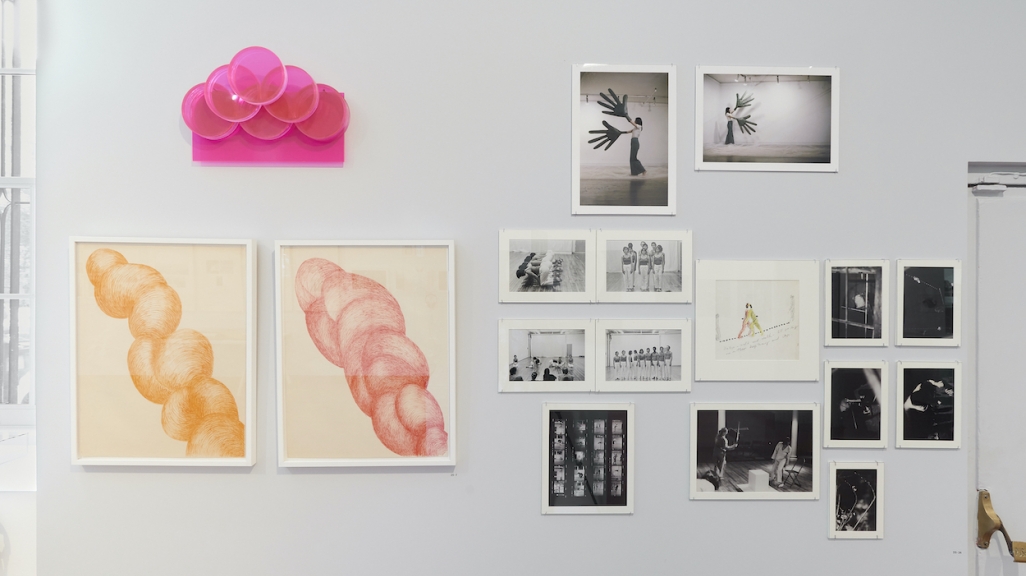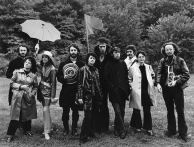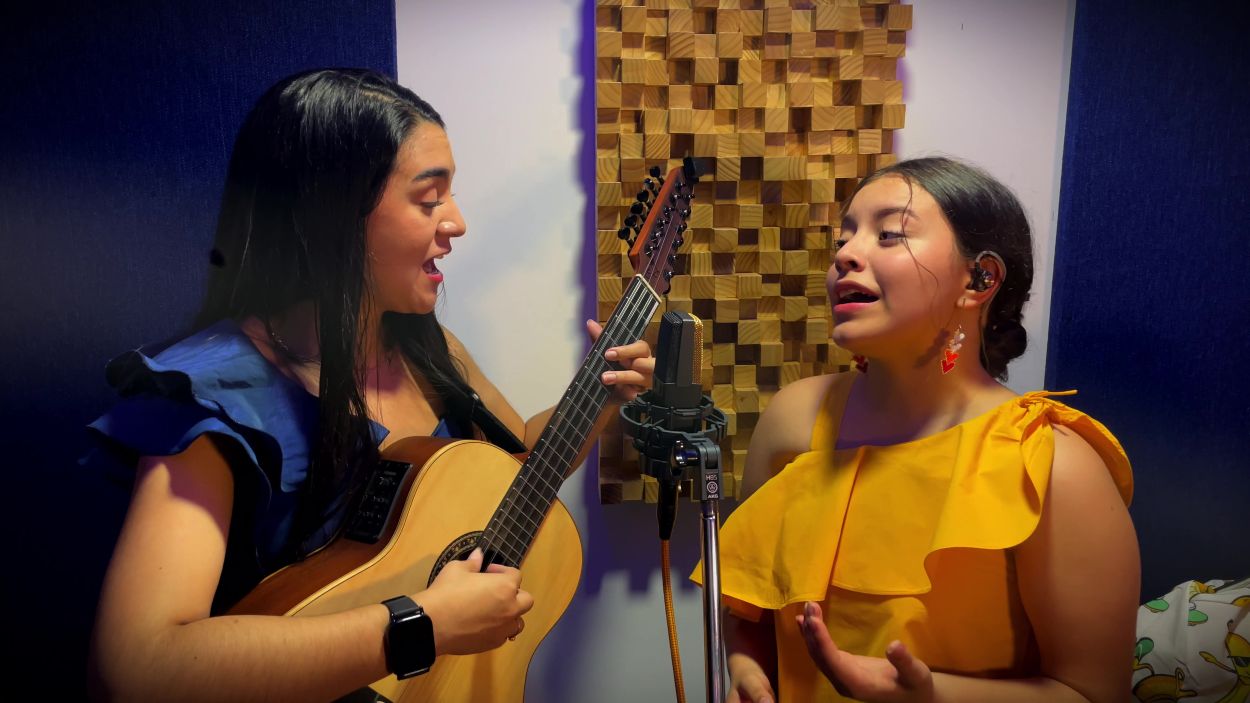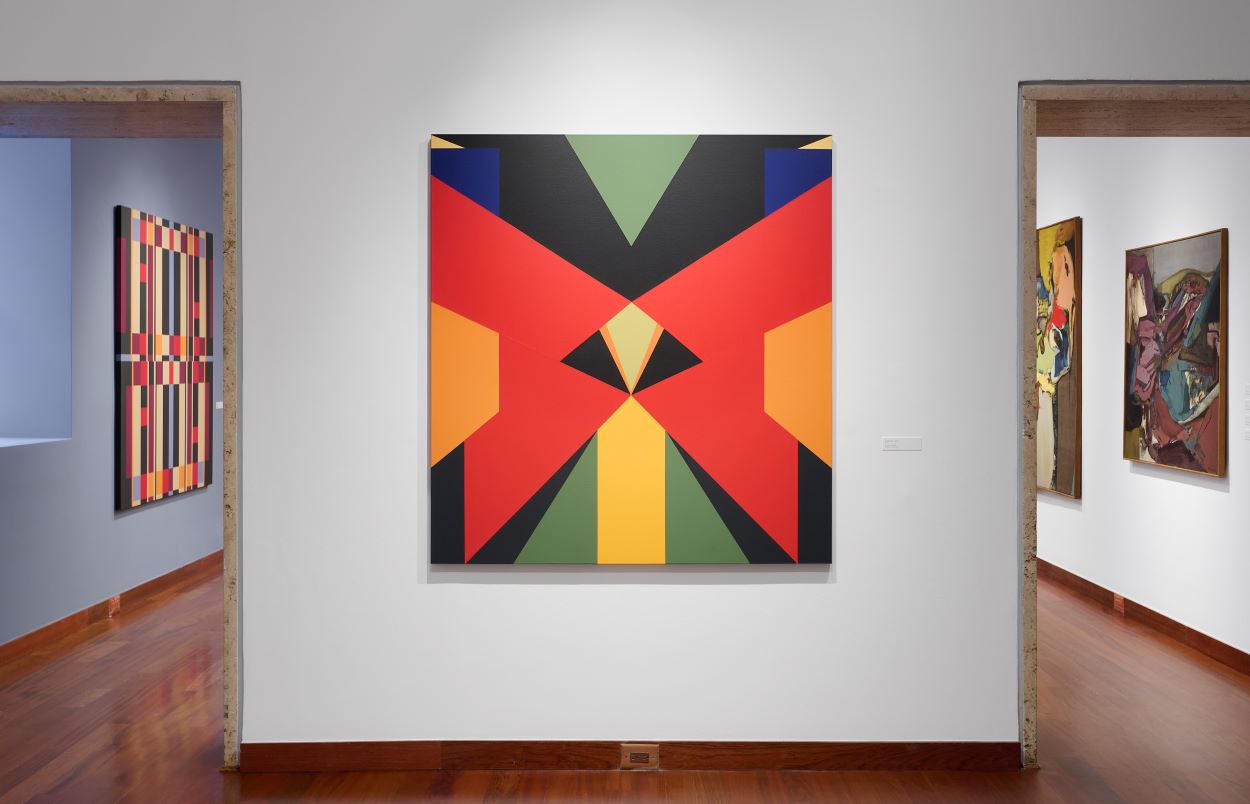Expanding the Scope of Latin American Art
Expanding the Scope of Latin American Art
The New York Times highlights Americas Society's This Must Be the Place as an exhibition not to miss. Part II runs through May 21, 2022.
You don’t need to know anything about art to be stopped in your tracks by what’s on the walls of El Museo del Barrio these days: the fantastic ballpoint pen drawings by Consuelo (Chelo) González Amézcua (1903-1975), a Mexican immigrant to Texas; the stupefyingly intricate collages of Felipe Jesus Consalvos, who was born in Havana and died in Philadelphia, where in 1983 his life’s work was found in a garage sale; and the pictographic paintings of Puerto Rican-born Eloy Blanco (1933-1984), who came to New York City to study art and learned from fellow Latinos about the Indigenous Taino culture of his homeland — a culture he ended up making the wellspring of his work.
This season has brought a bounty of historical shows of Latin American and Latino art, two cultural categories that are closely related without being interchangeable. Latin American is generally understood to designate art originating in the southern hemisphere of the Americas. Latino (with its Latina and Latinx cognates) refers to work by artists of Latin American descent working in the United States. But both terms are spacious and mutable…
Dimas’s name gets a mention in an ambitious group exhibition called “This Must Be the Place: Latin American Artists in New York, 1965–1975” at Americas Society.
The narrative here is of artists from South and Central America coming to New York City, a newly hot international cultural center, some to explore career opportunities, others to escape political repression. Most didn’t think of themselves on arrival particularly as “Latin American,” never mind “Latino.” And while the show acknowledges the longtime presence of Latino artists in the city, there seems to have little interchange between them and the newcomers…
The exhibition explored the work of a generation of artists who shaped New York City's artistic and cultural landscape.










